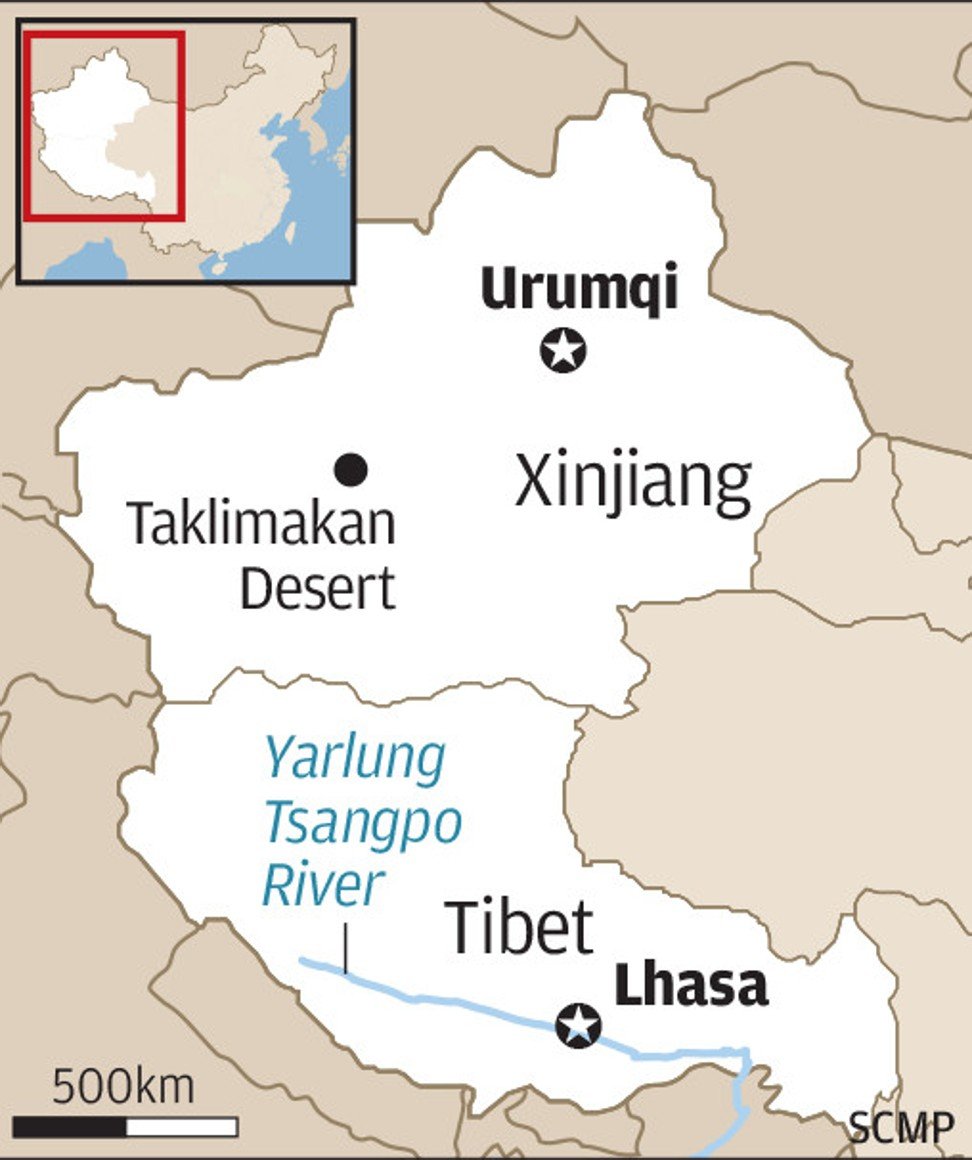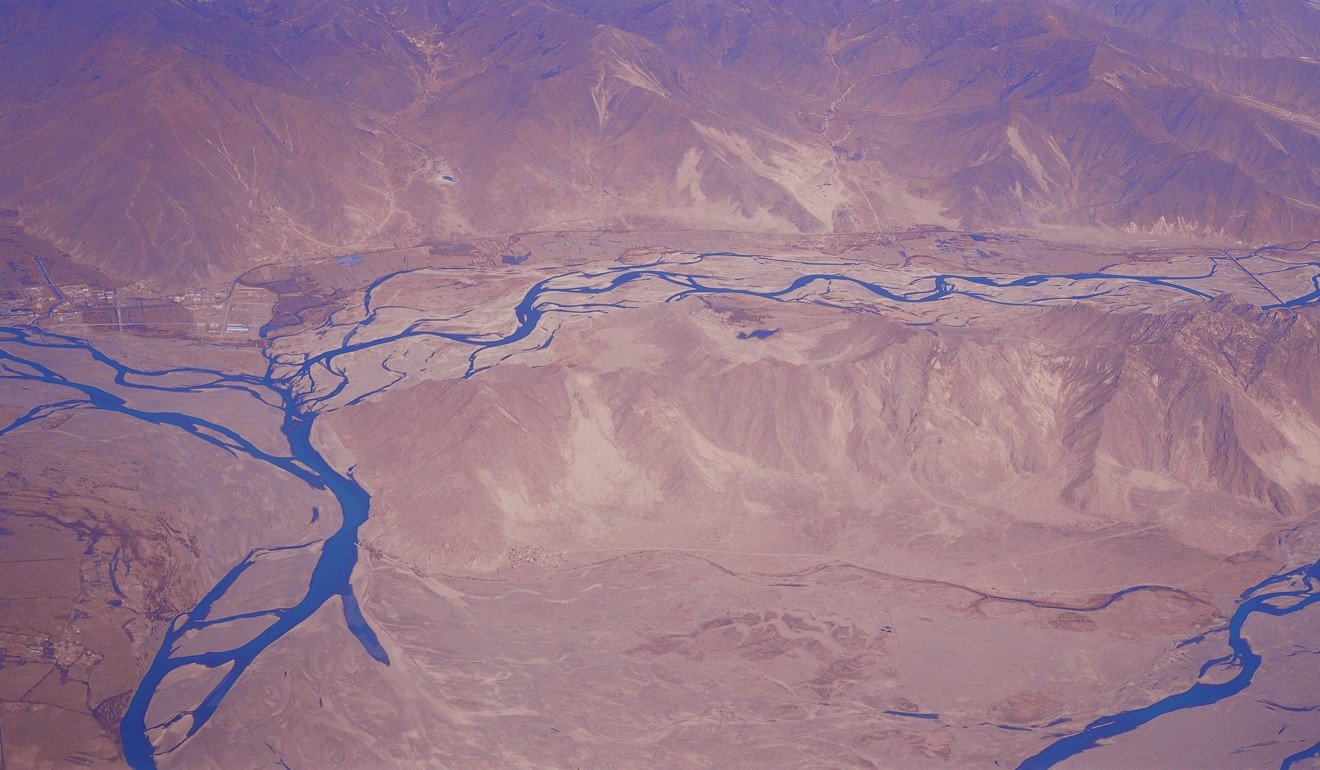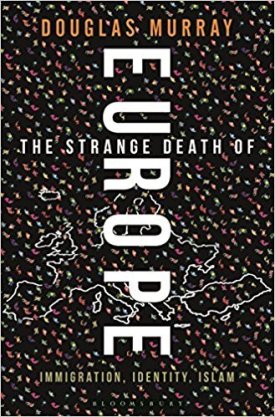I had attended a discussion on “A World in Flux: The Atlantic Community, West Asia, Indo Pacific” at Brooking India available at https://strategicstudyindia.blogspot.in/2017/10/a-world-in-flux-atlantic-community-west.html. Dhruv Jaishankar, the moderator, subtly mentioned Jhon Mearsheimer theory on Europe. One had to see the reaction of Strobe Talbott, President of Brookings Institute.
I being a “GD” person, my fauzi brethren will understand, thought of finding out John J. Mearsheimer theory on US Policy in Europe.
John J. Mearsheimer is the R. Wendell Harrison Distinguished Service Professor of Political Science and the co-director of the Program on International Security Policy at the University of Chicago, where he has taught since 1982. He graduated from West Point in 1970 and then served five years as an officer in the U.S. Air Force. He then started graduate school in political science at Cornell University in 1975. He received his Ph.D. in 1980. He spent the 1979-1980 academic year as a research fellow at the Brookings Institution, and was a post-doctoral fellow at Harvard University's Center for International Affairs from 1980 to 1982. During the 1998-1999 academic year, he was the Whitney H. Shepardson Fellow at the Council on Foreign Relations in New York.
Mearsheimer proposed the theory of offensive realism which describes the interaction between great powers as dominated by a rational desire to achieve hegemony in a world of insecurity and uncertainty regarding other states' intentions. He was a vocal opponent of the Iraq War in 2003 and was almost alone in opposing Ukraine's decision to give up its nuclear weapons in 1994 and predicted that, without a deterrent, they would face Russian aggression. His most controversial views concern alleged influence by interest groups over US government actions in the Middle East which he wrote about in The Israel Lobby and U.S. Foreign Policy.
In accordance with his theory, Mearsheimer considers that China's growing power will likely bring it into conflict with the United States. His work is frequently taught to and read by twenty-first century students of political science. Highlights of his theories are :
The Rise and Containment of China
Mearsheimer asserts that China's rise will not be peaceful and that the U.S. will seek to contain China and prevent it from achieving regional hegemony. He believes that China will attempt to dominate the Asia-Pacific region just as, he asserts, the U.S. set out to dominate the western hemisphere. The motivation for doing so would be to gain a position of overwhelming security and superiority against its neighbors which it sees as potential challengers to its status. Additionally, he maintains that the U.S. will attempt to form a balancing coalition that consists primarily of India, Japan, the Philippines, South Korea, Vietnam and Indonesia to counter the growing strength and power projection capabilities of China. He points to increased alliances and warming U.S.–Vietnam and U.S.–India relations as evidence of this.
Nuclear Weapons and Ukraine
After the break up of the Soviet Union, the new independent Ukraine had a large arsenal of nuclear weapons on its territory. However, in 1994 Ukraine agreed to give up nuclear arms, became a member of the Nuclear Nonproliferation Treaty, and within two years had removed all atomic weapons. Almost alone among observers, Mearsheimer was opposed to that decision because he saw a Ukraine without a nuclear deterrent as likely to be subjected to aggression by Russia.
2014 Crimean Crisis
In September 2014 Mearsheimer wrote the article "Why the Ukraine Crisis Is the West’s Fault. The Liberal Delusions That Provoked Putin" published in Foreign Affairs. The essay was highly critical of American policy towards Russia since the conclusion of the Cold War. Mearsheimer argued that Russian intervention in Crimea and Ukraine had been motivated by what he saw as the irresponsible strategic objectives of NATO in Eastern Europe. He compared US-led NATO expansion into Eastern Europe and planned inclusion of Ukraine to the hypothetical scenario of a Chinese military alliance in North America, stating, "Imagine the American outrage if China built an impressive military alliance and tried to include Canada and Mexico."
Mearsheimer argued that Russia's annexation of the Crimea was fueled by concerns that it would lose access to its Black Sea Fleet naval base at Sevastopol if Ukraine continued to move towards NATO and European integration. Mearsheimer concluded that US policy should shift towards recognising Ukraine as a buffer state between NATO and Russia rather than attempting to absorb Ukraine into NATO. Mearsheimer's article provoked Michael McFaul and Stephen Sestanovich to publish their response in November/December 2014 issue of Foreign Affairs.
He had written a remarkable essay on Defining a New Security Architecture for Europe that Brings Russia in from the Cold, published in May-June 2016 issue of Military Review. In this he states the following:
Between 1990 and 2008, all was well in Europe. That was because the West was not a serious threat to Russia. But, that situation began to change in 2008. First of all, there was the NATO summit in Bucharest in April 2008. At the end of that summit, NATO said in no uncertain terms that both Georgia and Ukraine would become part of NATO. The Russians, in response, made it perfectly clear at the time that this was unacceptable. And they made it clear they would go to great lengths to prevent that from happening. Nevertheless, NATO did not back off . Not surprisingly, in August 2008, you had a war between Georgia and Russia, which was in good part a result of the April 2008 decision to eventually include Ukraine and Georgia in NATO. The Georgians thought that NATO would back them if they got into a crisis or a conflict with the Russians. They of course were wrong; nevertheless, that was the first big piece of evidence that trouble was in store in Eastern Europe.
NATO expansion and democracy promotion were the other two underlying strategies. Democracy promotion in principal is an attractive idea to virtually all of us in the West. But, the fact is that democracy promotion in the hands of the United States is mainly about top leaders who are seen as anti-American or anti-West, and putting in their place leaders who are pro-American or pro-West. Of course the Orange Revolution was all about doing just that. Toplling Viktor Yanukovych was all about putting a leader in power in Kiev who would be pro-West
What in particular has to be done? Ukraine has to be turned into a neutral buffer state. The West has to recognize that there is no way it can continue to pursue a set of policies that are designed to make Ukraine a Western bulwark on Russia’s border. The Russians will not tolerate this and will instead go to great lengths to wreck Ukraine to prevent it from becoming part of the West. This is what is going on now. Putin is basically telling the West they have two choices. Either they back off, or he will work to damage Ukraine so badly that it cannot join the West.
If you want to end this crisis, and you care greatly about the Ukrainian people, and you don’t want to see their country destroyed, then it’s imperative that we back off and give up on the idea of making Ukraine part of the West. Instead, we must work to make Ukraine a neutral buffer state, which it was effectively between 1991 and 2014. I am talking here about returning to the status quo ante. I think it’s very unlikely this will happen.
My bottom line is that we had an excellent situation with regard to European security before 2008. And we, meaning the West, blew it big time.
No wonder Strobe Talbott saw red. I leave this to your judgment who is correct.
However, I have the following points.
Where are the International Theorists in India ? 70 years back we got independence we can’t hide behind stating that India is a nascent state. The vociferous academia from JNU and its ilk mostly educated in western renowned universities where they go very often have nothing to show about authoring any new theory. When we will get some theorist ?
Our foreign policy practitioners from the IFS cadre have mostly no formal academic rigorous course/training, though they have the option to undergo high level courses in some of the finest universities of the world teaching International Relations. No wonder a large number of retired IFS fraternity who are present in all such discussion or write on these issues can’t answer the whys. They can only narrate what has happened.
Can you imagine Indian Army War College Journal publishing a paper by a theorist of International Relations.
I welcome some discussion on this issue.










/arc-anglerfish-arc2-prod-mco.s3.amazonaws.com/public/FT745LDP25E77HLFQNCV7TZO5E.jpg)